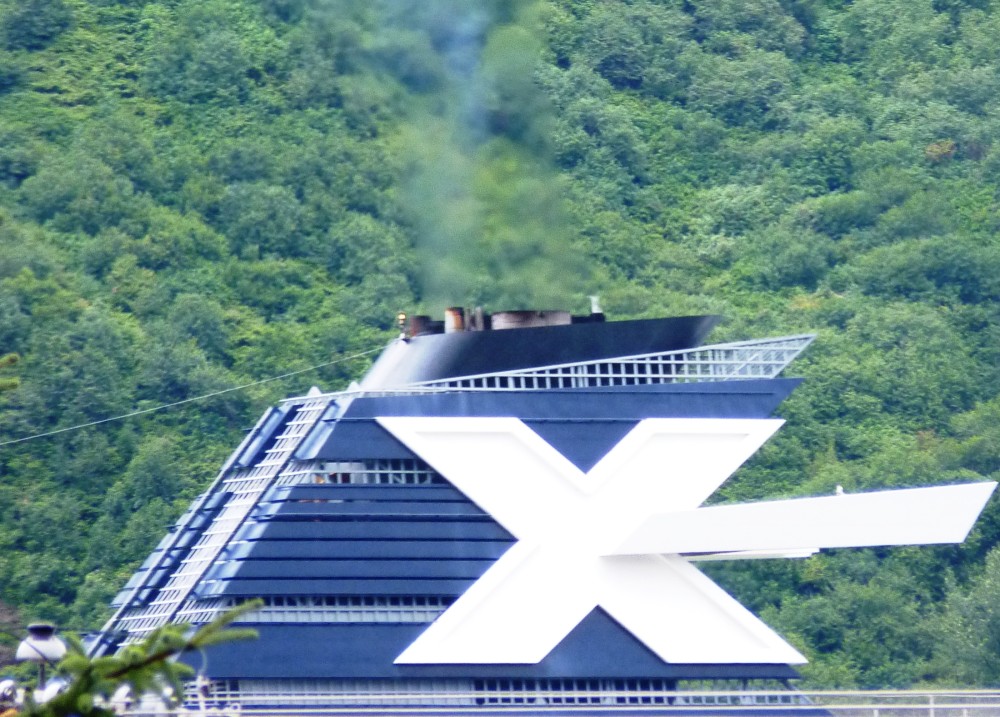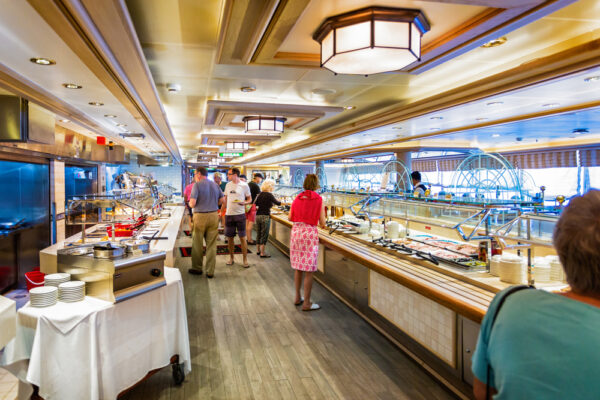Table Of Content

Cruise ships treat human waste through advanced wastewater treatment systems to meet environmental regulations. Cruise ships are only permitted to release human wastewater that has been heavily treated. Solid waste is also treated and dehydrated but not released into any open body of water. Instead, it is disposed of through standard, onshore waste disposal methods once the cruise ship is in port. All solid human waste is stored in an airtight holding tank after being treated, dehydrated, and removed from the wastewater.
Celebrity Cruises Aqua Class Vs Concierge Class
“And that was good, but not necessarily good enough,” said Bill Burke, the company’s chief maritime officer. Black water is a time period used to explain human wastewater inside the maritime world, together with by the cruise business. Water that has are available in contact with human feces, urine, or rest room paper is deemed black water. As soon as the water has been filtered and closely handled to make sure it’s sanitary and secure, it may be discharged into open water. This may solely happen in sure areas the place the impression on marine life and the ecosystem shall be minimized. Debuting this year, on two of the cruise company’s newest ships, will be the cruise industry's first systems to turn solid waste directly into energy on board.
In Port Disposal of Human Waste
Cruise ships have their own sewage works systems down in the engine room areas. Though they’re designed to be utterly leak- and odor-proof, strategically positioning them throughout the ship’s off-limits areas reduces the dangers of any accidents. Ships usually have an “Oil Record Book” for recording every time they discharge oil into the ocean.
Is This a Picture of a Cruise Ship Dumping Human Waste Into the Ocean?

Just like skeet shooting, and hitting gold balls off the side of the ship, the midnight buffet is an old cruise line tradition that you don’t see on ships anymore. Gray water is filtered and discharged in permitted areas away from coastlines. The treated liquid is kept for at least an hour more to fight off any remaining e-Coli. The clear liquid from the settling tank is overflown here and then disinfected using chlorine to get rid of e-Coli bacteria. Nathan Diller is a consumer travel reporter for USA TODAY based in Nashville.
These tanks are designed to have fully hermetic seals, which assist with odor management. Human waste storage tanks are additionally positioned in areas of the cruise ship which can be removed from areas accessible to passengers. According to environmental regulatory lead at Royal Caribbean International, Nick Rose, the idea that cruise lines go round dumping stuff in the ocean is just wrong. “Our multi-stage treatment systems exceed the requirements of all international regulations,” he says. Cruise ships have a water-treatment system onboard, similar to your hometown.
How do cruise ships hide odors from human waste?
The fire was quickly extinguished by automatic fire prevention systems in place. However, the event caused a loss of power, and the ship lost propulsion, so the ship was not moving. However, it should be borne in mind that gray water is known to contain large amounts of microplastics, originating in particular from large of amounts of laundry, all the bedding, for instance. Sometimes the gray water is added to the final treatment stage of the blackwater when it is chlorinated.
Do you find it easier to increase or reduce the amount of waste you produce on cruises? How so?
The identical applies to hazardous supplies, like medical by-products, cleansing chemical compounds, and extra. Some large cruise shipping lines have violated regulations by illegally bypassing the onboard oily water separator and discharging untreated oily wastewater. These violations by means of a so-called "magic pipe" have been prosecuted and resulted in large fines. To do so, it developed Green Hub, a capacity-building program to identify waste vendors in strategic destinations that has helped divert 92% of its waste from landfills. Vacuum suction lines zip toilets’ contents to marine sanitation farms, which siphon out the water, treat it until it’s drinkable, then pump it into the ocean. Helpful aerobic bacteria digest the remaining sludge in storage tanks until it’s all offloaded ashore, about once a month.
Gray Water
Cruise ships work some water magic to stay in the good books of environmental regulations and be savvy with resources. Some are burned on board, and some are offloaded for recycling or disposal. Records on how much solid waste is generated, as well as disposed of, is a mandatory requirement by law. This is where all the collected black water is sent to be filtered and treated so it’s safe and could in theory, be reused. Whereas these cases have occurred, they had been all accidents, and the cruise strains had been penalized in line with strict rules. That is performed to restrict the cruise trade’s environmental affect and defend passengers from publicity to disagreeable smells and micro organism.
Do cruise ships launch human waste into the ocean?
The company has reduced food waste by more than 30% per person when compared with its 2019 baseline, according to its 2022 sustainability report, and has set new goals of 40% by 2025 and 50% by 2030. Till handled, it can’t be discharged into the ocean or ocean, because it might hurt marine life and human beings dwelling close to coastal areas. As soon as the waste is separated, handled, and saved appropriately, it may be disposed of correctly as soon as the ship visits a port geared up with the right waste administration services. Coast Guard and other Federal agencies, solicited public input on the issue of cruise ship discharges during public hearings in Los Angeles, Juneau and Miami.
It’s because wastewater can’t be launched right into a port even whether it is closely handled. Whereas it won’t be probably the most nice matter, it actually is a necessary facet of guaranteeing that each one passengers have an fulfilling expertise whereas at sea. At the moment’s cruise ships have superior waste remedy services that use the newest applied sciences and protocols to handle and eliminate human waste.
The first step for sewage on a cruise ship is to enter an aeration chamber. This chamber is filled with bacteria which work to break down some of the organic compounds in sewage that contaminate it, removing them from the wastewater. It’s worth remembering that the information is a little outdated now, and more ships are adding wastewater treatment centres when in drydock.

Sewage treatment plants are among the systems used before discharging to combat and reduce pathogens and contaminants that blackwater can produce. Human waste collectively gets stored in holding tanks and most often gets disposed of in port facilities. And to put the figure into perspective, the world’s oceans contain around 352 quintillion gallons. So if there are around 250 cruise ships producing 30,000 gallons of sewage every day, that’s 2.737 billion gallons each year. When we talk about human waste, we’re generally referring to black water.
ROYAL CARIBBEAN GROUP TRANSFORMS WASTE MANAGEMENT IN THE CRUISE INDUSTRY, HELPING ... - PR Newswire
ROYAL CARIBBEAN GROUP TRANSFORMS WASTE MANAGEMENT IN THE CRUISE INDUSTRY, HELPING ....
Posted: Tue, 11 Jul 2023 07:00:00 GMT [source]
Fortunately, the cruise ships of at this time use extra environmentally-friendly strategies. Now that you know the way human waste is separated from different types of wastewater and the way it’s saved, we will discover the moral and accountable methods cruise ships eliminate this disagreeable waste. Now that you understand how human waste is separated from different types of wastewater and the way it’s saved, we will discover the moral and accountable methods cruise ships eliminate this disagreeable waste. To get into a few more specifics than above, the U.S. allows cruise ships to dump treated waste into the ocean if they are within three and a half miles from shore.
After that, it might find a new life for non-drinking uses like cooling the engine or getting released into the sea under strict rules. Generally, treated water is permitted to be dumped in many areas that aren’t too close to land, while untreated waste can still be dumped according to regulations, but it must be further from shore. There isn’t a standard for where treated sewage water is released, as it depends on the waters where the ship is sailing.

No comments:
Post a Comment